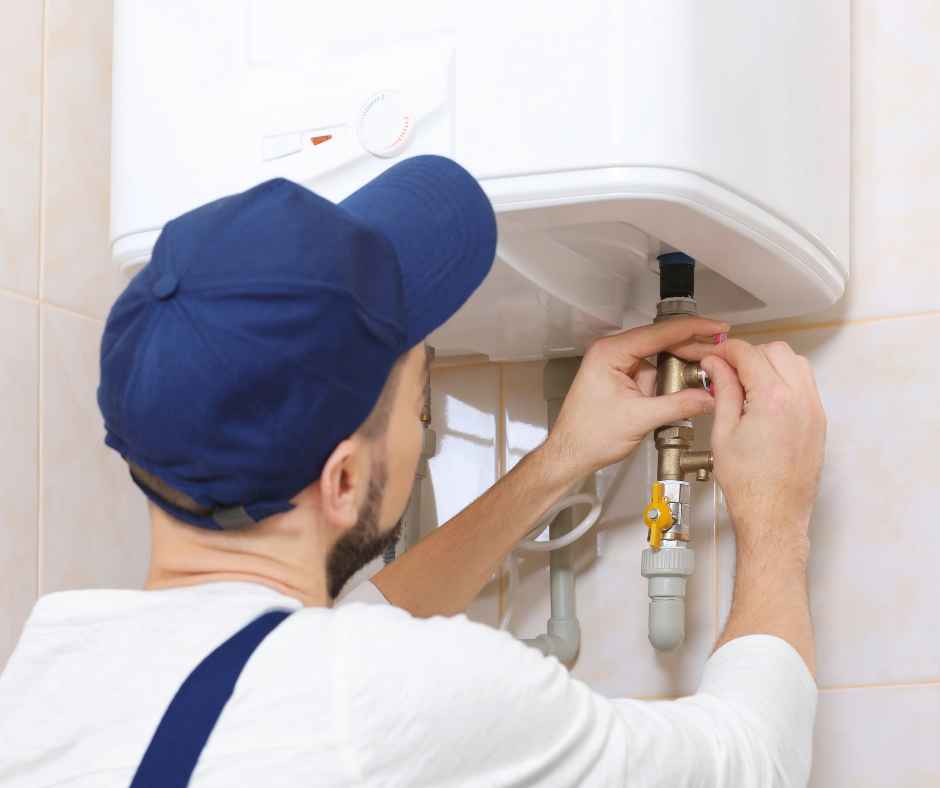Serving Greater Atlanta & Savannah/Hilton Head
Is Blown-In Fiberglass Insulation Safe?

<_>
When you hear the term “fiberglass,” what’s the first thing that goes through your mind?
Fiberglass has a long history, and not all of it is good. Reports have shown just how detrimental it can be to the human body. It’s known to cause:
- Rashes and itchiness
- Irritation to the eyes, nose, and throat
- Worsening of asthma symptoms

With all of those potential problems, why is it still available for insulating our homes?
Fiberglass is a fiber made primarily of glass. It acts as an insulator by trapping pockets of air, and slowing the transfer of heat, cold, and even sound as it moves through a structure. According to some estimates, that can save residential homeowners as much as 40 percent on their monthly utility bills. That can be significant, especially in areas like Atlanta where we operate both heating and cooling systems almost all year long.
It’s not just the insulator function that makes Fiberglass a top choice. Fiberglass has the added benefit of zero fire hazard. That can be especially beneficial in areas where wildfires are at risk.
Fiberglass comes in both blanket form, called batts, or as loose fill that is blown into place. Fiberglass batts are manufactured with a paper backing that makes it easy to maneuver into place. It also comes in bags of loose fill, and with special equipment can be blown into the attic, walls, and cavities, to seal and protect against leaks and protect you in all kinds of weather. When installed correctly, it’s a great protector against the elements.
And that’s the key to handling fiberglass: proper installation. The risks are there when particles come into contact with the skin, or are inhaled. Fiberglass can produce very fine airborne particles when disturbed. It’s these particles that cause problems.
If you disturb fiberglass insulation, wear gloves, full protective clothing, goggles, and a respirator. This will protect you from impact. After leaving the space, wash your hands with cold water, as warm water expands pores and allows the fiberglass to sink in.
If you have any questions about existing fiberglass insulation, or are looking for the best way to insulate your home, we can provide you with all the information you’ll need to make a wise choice for your family and your home.
Heater on the fritz? Frustrated with plumbing problems? R.S. Andrews is just a call away!





